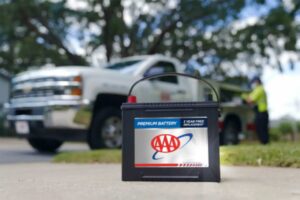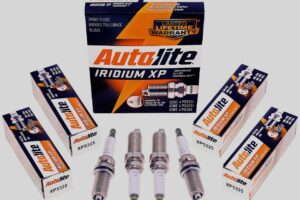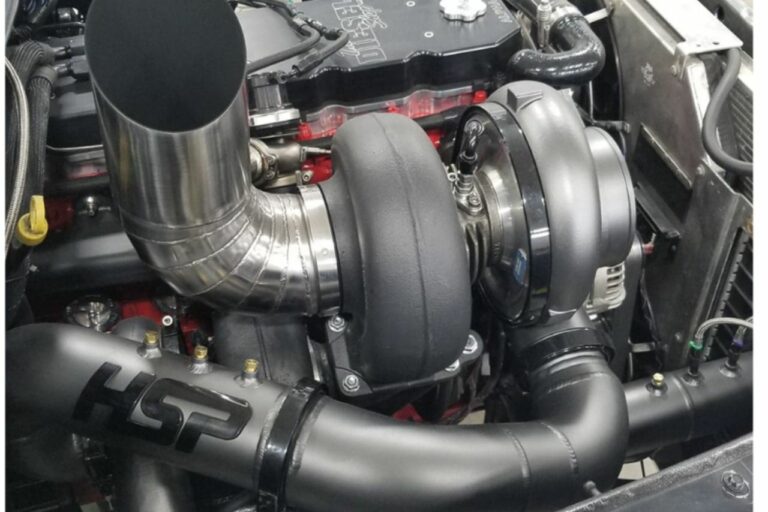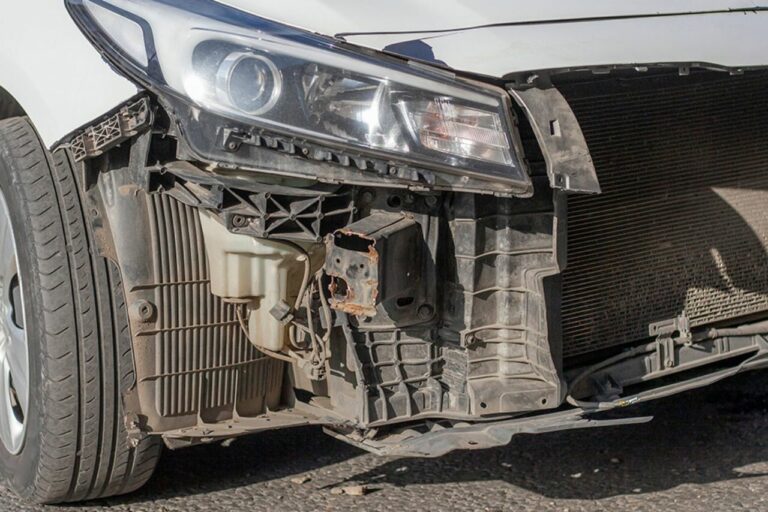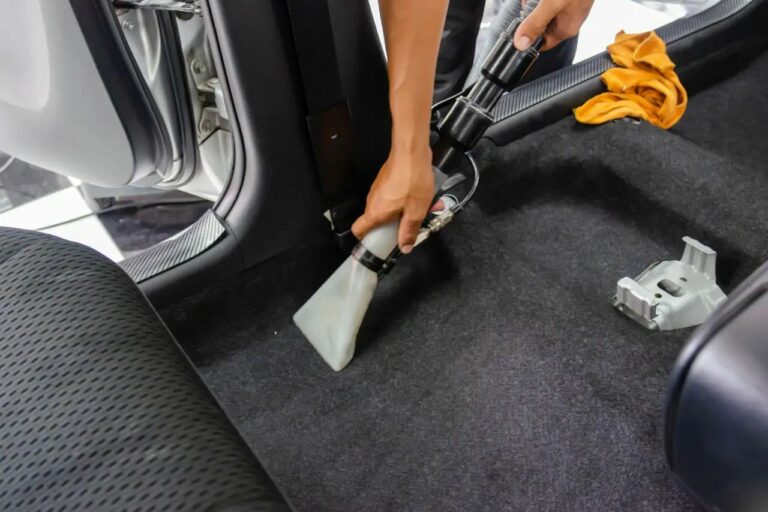Autopilot Cameras Unavailable: (Reasons and 100% Solutions!)
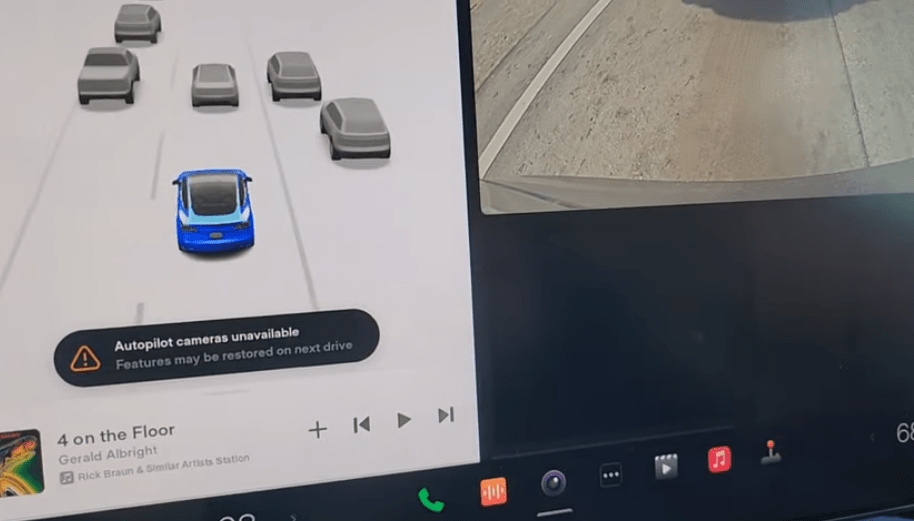
When it comes to the smooth functioning of Autopilot features in vehicles, accurate visual information plays a crucial role. However, there are instances when these essential visual cues become temporarily unavailable.
This can happen due to various factors that block or blind the autopilot cameras, leaving them unable to provide reliable data. Dirt or debris on the camera surface can obstruct their view and compromise their accuracy. Additionally, environmental conditions such as rain, fog, snow, or dew can further impede the cameras’ ability to capture clear visuals.
In situations where dirt or debris accumulates on the camera surface, even partially blocking its line of sight, certain Autopilot features may be affected or temporarily disabled altogether.
The presence of these obstructions reduces the cameras’ capability to accurately detect surrounding objects and obstacles on the road.
Similarly, adverse weather conditions like heavy rain showers or dense fog pose significant challenges for Autopilot cameras as they struggle to penetrate through such hindrances effectively.
Understanding why Autopilot features might become briefly unavailable is crucial for drivers relying on this advanced technology.
By being aware of potential issues caused by dirt accumulation and environmental factors like rain or fog interfering with camera vision quality, users can take appropriate measures to ensure optimal performance from their vehicle’s autopilot system.
When Autopilot Cameras Cannot Provide Accurate Visual Information?
To ensure optimal performance and safety, it is important to address these issues promptly:
Remember that while Autopilot relies heavily on accurate visual information provided by its cameras for safe navigation and decision-making processes; situations where this data cannot be obtained accurately may temporarily limit some or all features associated with autonomous driving capabilities offered by your vehicle’s system.
Possible Causes of Camera Blockage or Blindness:
- Dirt or debris on the camera surface.
- Environmental conditions like rain, fog, snow, or dew.
In order for Autopilot cameras to accurately provide visual information and enable the full functionality of Autopilot features, it is crucial that they are free from any blockages or blindness. The following factors can contribute to camera obstruction:
It is important for vehicle owners using Autopilot features to be aware of these potential causes as they could impact system performance temporarily until appropriate actions are taken for cleaning or waiting out adverse environmental conditions before relying solely on autonomous driving capabilities again.
Effects of Dirt or Debris on the Camera Surface:
When dirt or debris accumulates on the camera surface of an autopilot system, it can have several negative effects. These include:
To mitigate these effects caused by dirt or debris on the camera surface:
Remember that environmental conditions like rain, fog, snowfall, or dew can exacerbate these issues further when combined with dirty lenses; therefore proper maintenance is vital for optimal performance during challenging weather conditions.
It’s important to note that while autopilot systems are designed with redundancies and alternative sensor inputs (such as radar), maintaining clean camera surfaces remains crucial to ensure the system’s accuracy and reliability.
Impact of Environmental Conditions on Camera Functionality:
The functionality of Autopilot cameras can be affected by various environmental conditions, resulting in the temporary unavailability of some or all Autopilot features. Here are some common scenarios where the cameras may be impacted:
It is important to note that Tesla vehicles equipped with Autopilot undergo rigorous testing under diverse weather conditions; however, extreme environmental factors like heavy rainstorms or thick fog pose challenges even for advanced sensor systems.
Ensuring regular cleaning and maintenance of autopilot cameras is essential for optimal performance regardless of prevailing weather conditions.
Temporary Unavailability of Autopilot Features:
When it comes to utilizing Autopilot features, there may be instances where the cameras are unable to provide accurate visual information.
During such times, certain or all of the Autopilot features might become temporarily unavailable. This can occur when the cameras get blocked or blinded due to various factors. Here are some common causes for temporary unavailability:
- Dirt or debris on the camera surface: Accumulation of dirt, dust, or other particles on the camera lens can hinder its ability to capture clear visuals. When this happens, Autopilot may not function properly.
- Environmental conditions like rain, fog, snow, or dew: Adverse weather conditions such as heavy rainstorms, dense foggy areas, snowy landscapes, or even excessive dew formation could affect the performance of autopilot cameras. The moisture present in these situations might obscure visibility and disrupt accurate image recognition.
To ensure optimal functioning of your vehicle’s Autopilot system and avoid temporary unavailability issues with its features due to camera limitations caused by dirt/debris accumulation and adverse environmental conditions like rain/fog/snow/dew; consider taking preventive measures such as regular cleaning and maintenance checks for your car’s cameras.
Remember that while Tesla continuously strives to improve their technology through software updates and advancements in hardware design; at times unexpected circumstances beyond their control may cause temporary disruptions in accessing certain autonomous driving functionalities.
Stay proactive by keeping an eye out for any signs indicating reduced visibility from dirty lenses or challenging weather conditions that could potentially impact your vehicle’s Autopilot capabilities negatively.
Conclusion and final thoughts 💭
Autopilot cameras can be rendered temporarily unavailable when they are unable to obtain accurate visual information.
This may occur due to various factors such as dirt or debris on the camera surface, as well as environmental conditions like rain, fog, snow, or dew.
When these obstructions hinder the cameras’ functionality, some or all of the Autopilot features may not be accessible.
It is crucial for Tesla owners and drivers relying on Autopilot technology to understand that maintaining clear and unobstructed camera surfaces is essential for optimal performance.
Regularly cleaning the cameras will help prevent any potential disruptions caused by dirt or debris buildup.
Additionally, being aware of weather conditions and taking appropriate measures during adverse situations can help ensure a smooth driving experience with Autopilot.
Remember that while Autopilot provides convenience and assistance on the road, it is important to remain attentive at all times and ready to take control if necessary.
By understanding how external factors can affect camera functionality and taking proactive steps to mitigate them, Tesla drivers can make the most out of their Autopilot features while prioritizing safety.
Reference:
- Are Konig Wheels Reps? (Discover the Truth Here!)
- Is Wheeler Dealers Fake? Debunking the Popular Myth
- Can You Recharge AA Batteries? (We Tried it Out!)
- Are AAA Car Batteries Good Quality? (Exploring the Truth!)
- Are Autolite Spark Plugs Good? (Everything You Need to Know!)
- Mustang Fastback Vs Coupe: (Discover Their Secret!)




